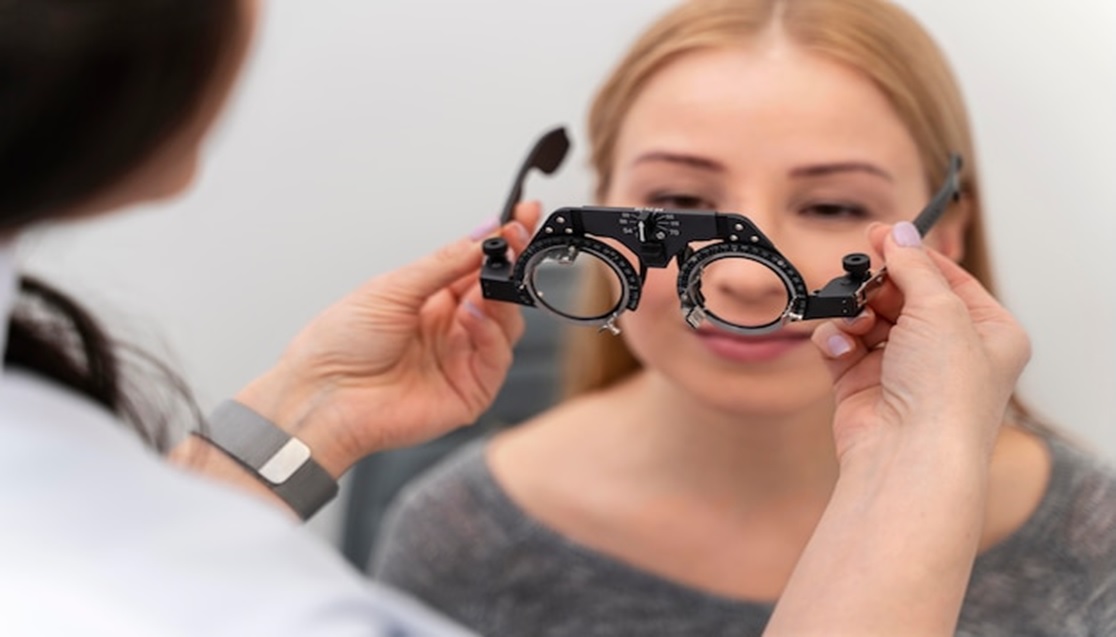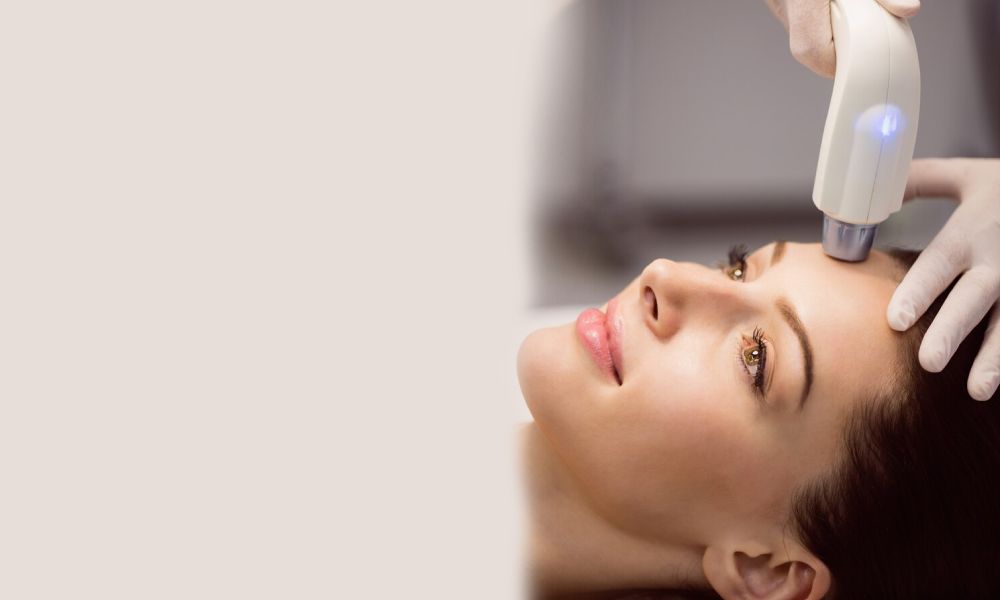exams of the teeth and mouth are a very important part of both diagnosing and treating different dental problems. Your Union City, Georgia family dental care can spot issues before they cause any noticeable pain or discomfort by taking radiographs of your teeth.
For What Use Do X-Rays Serve?
Radiographs (or X-Rays) photograph areas of your mouth that your dentist can not see. This is because radiographs of the face reveal greater contrast between gum or cheek tissue and the harder tissues such as teeth and bones. Just what does that entail? X-Rays allow your dentist to see below the surface of your gums and teeth to detect cavities, infections, fissures, and even bone loss that are invisible to the naked eye.
The areas in between teeth account for 80% of all cavities. A visual inspection alone can overlook up to 80% of deterioration. What is hiding beneath a crown on a tooth, for instance, can be shown by X-Rays. A tooth, jaw, and supporting tissue’s root can be inspected with other types of X-Rays.
Who Needs to Get Dental X-Rays?
Even if you have been to the dentist recently, it is best to get a new set of X-Rays so your new dentist can get a clear view of your gums and teeth. Requesting your past medical documents and X-Rays is possible. A new series of X-Rays to compare to the originals will make future alterations more obvious. If you do not get cavities often, your regular checkups may not necessitate X-Rays.
However, children have unique dental care requirements: Tooth enamel is often thinner in children than in adults. This is to be expected since their jaws and teeth are still developing. That is why, if your kid has a history of cavities, you might want to get X-Rays of his or her teeth more frequently than your parents did. Serious issues will arise if a child with a rapid decay rate goes without a scheduled series of X-Rays.
Is There More Than One Kind of X-Rays?
Different X-Rays exist for different purposes. The earliest type of X-Rays is a bitewing. The existence of decay in teeth can be confirmed with bitewing X-Rays, and gum disease between the teeth can be evaluated with this type of imaging as well.
In dentistry parlance, a periapical film, or PA. The tooth, the dental roots, and the bone around the tooth are all visible on PA X-Rays. These pictures are used to check the teeth’s root tips, spot cysts and abscesses, and spot bone inflammation caused by infections in the teeth’s root canals.





